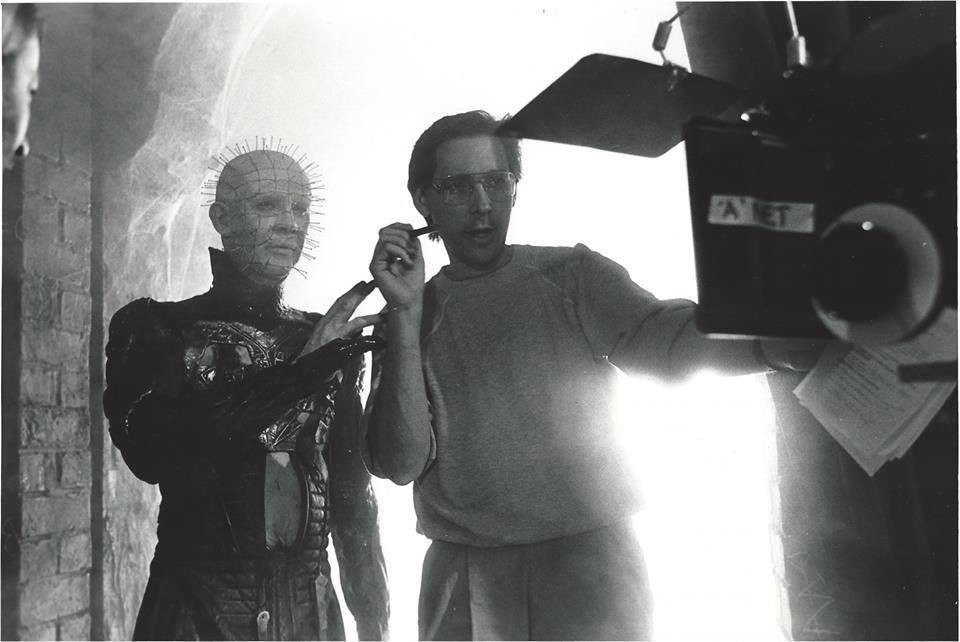

Leviathan attempted to stamp out the incursion, keeping light from reaching his dark domain. Life was chaotic, fleshy, and overwhelming, threatening to push itself into hell and throw it out of order. In a later moment, life was created along with the world we know. Eons ago, when life did not yet exist, Leviathan ruled over his dimension in perfect order and dark harmony. However, according to the additional material, the Cenobites are a relatively new development within the Labyrinth. There, he is mutilated and tortured before being converted into a Cenobite, deeming him worthy of serving Leviathan.Īs souls are tormented within the Labyrinth, Leviathan's Cenobites impose his drive for law and order in hell and beyond. He is betrayed by his pernicious companion Julia ( Clare Higgins) and placed into one of the Labyrinth's machines. Channard is met with a reflection of his many sins. Channard ( Kenneth Cranham) and allowing Leviathan into his consciousness. The overlord's shadowy beams emanate from its body, striking the overwhelmed Dr. This geometric object in the sky is in fact Leviathan, the Lord of the Labyrinth.

Film protagonist Kirsty Cotton ( Ashley Laurence) and mute deuteragonist Tiffany ( Imogen Boorman) are drawn into hell near Hellbound's end, but what they witness is a far-reaching sequence of rooms and passages overseen by a symmetrical entity in the sky. By comparison, Barker and company's view of hell witnessed at length in Hellraiser II is a completely different animal. A burning and bottomless pit of suffering often overseen by some iteration of Satan, Lucifer, or a divine adversary (take your pick). When one thinks of "hell," the word likely evokes the imagery established by thousands of years of organized religion. Thanks to the brain trust of Barker, Randel, and screenwriter Peter Atkins, Hellbound's vision of hell was born.

In a 2018 interview with Daily Dead, Randel discussed his work expanding the universe of the iconic Cenobites and the realm they often inhabit, saying the Hellraiser sequel's visual were partially inspired by the work of artist M.C. Not only does it buck a fictional trend dating back hundreds of years, but it also gives a little insight into the mind of not only Barker (who executive-produced and receives a "story by" credit on the sequel), but also Hellbound director Tony Randel, who had worked with him on the original film as a production executive and editor. However, one of the most intriguing aspects of the early Hellraiser films resides within the final act of Hellbound: Hellraiser II (1988). The first two films in the long-running franchise are chock-full of disturbing special effects, memorable kills, and of course the mysterious Cenobites. For horror fans, there's a lot to love about Clive Barker's early run on Hellraiser.


 0 kommentar(er)
0 kommentar(er)
